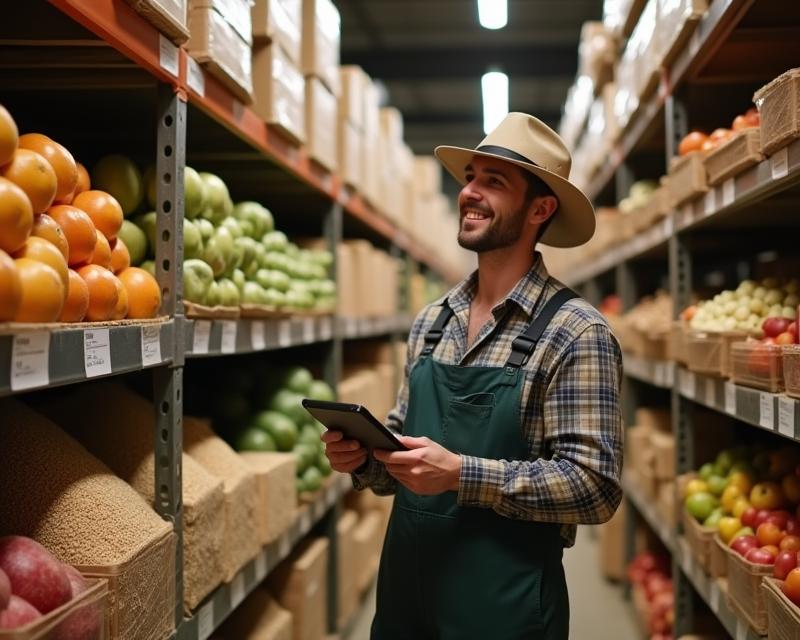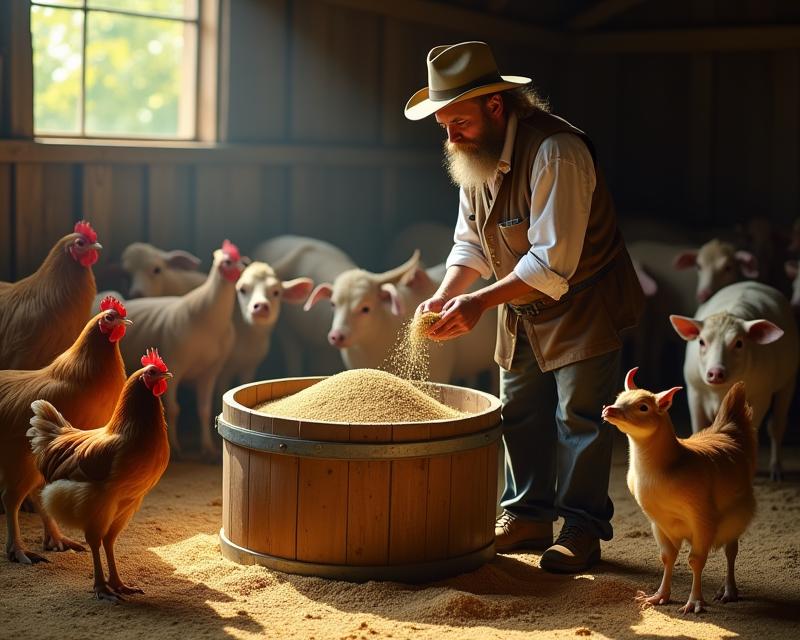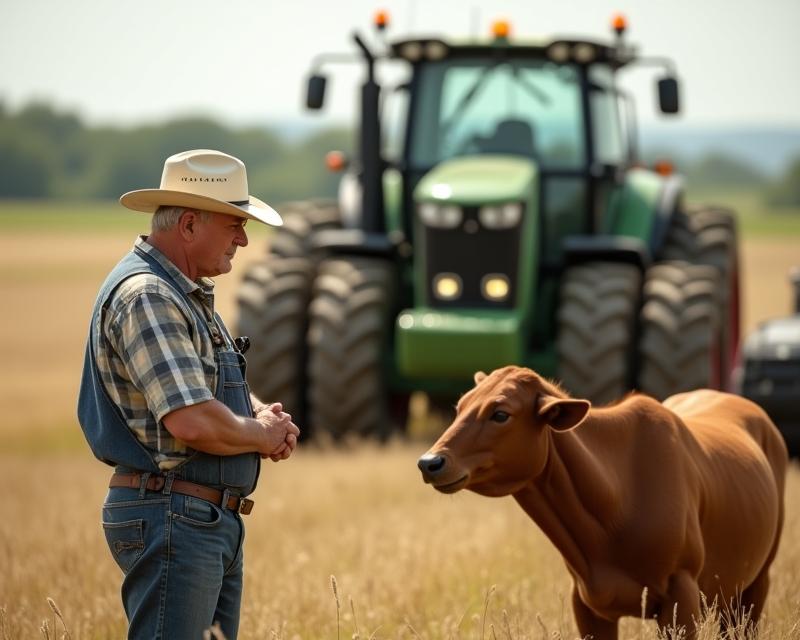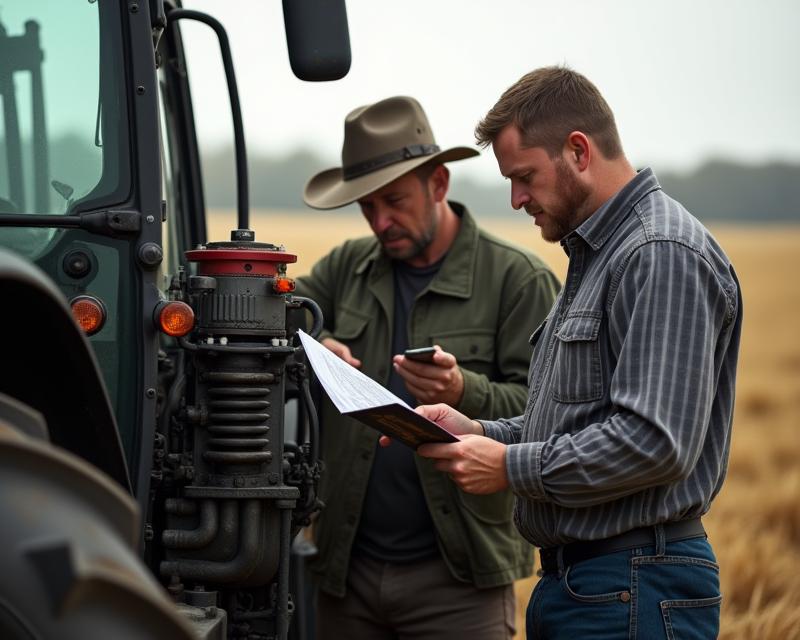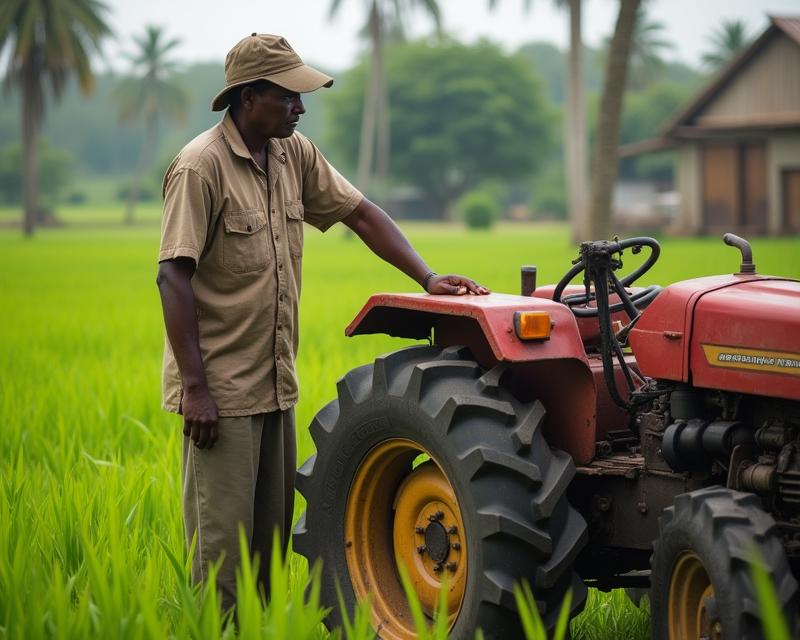Adapting Farms: Lessons from Sanctioned Regions
Publish in Farm Business el 21/07/2025 20:39
Adapting Farms: Lessons from Sanctioned Regions
Sanctions can significantly disrupt agricultural economies, forcing farmers and ranchers to innovate and adapt. While often viewed negatively, these challenges can reveal surprising resilience and offer valuable lessons for agricultural communities worldwide. Let's explore some case studies of countries and regions navigating sanctions and the strategies they're employing to thrive.
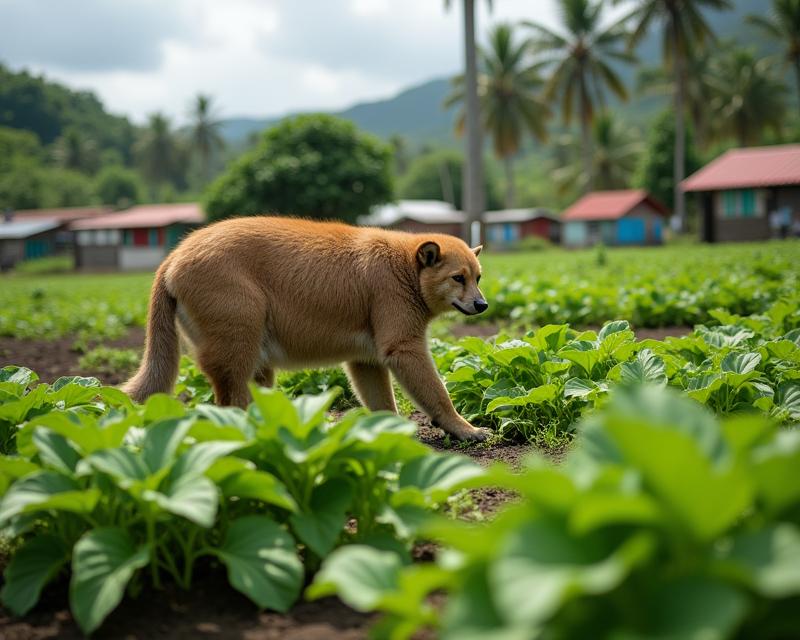
Cuba: A Masterclass in Resourcefulness
Cuba has faced a long-standing US embargo, making it a prime example of agricultural adaptation under pressure. Instead of relying on imports, Cuban farmers have focused on maximizing domestic production. They've embraced techniques like vertical farming in urban areas to increase yields on limited land. Furthermore, Cuba has heavily invested in organic farming practices, reducing reliance on expensive imported fertilizers and pesticides. A key strategy has been community-supported agriculture (CSA) models, fostering direct relationships between farmers and consumers, bypassing traditional supply chains.
Russia: Focusing Inward
Following international sanctions, Russia has shifted its agricultural focus inward. This involves boosting domestic production of essential crops like grains and vegetables. The government has provided subsidies and support for farmers to invest in modern equipment and improve infrastructure. There's a strong emphasis on developing local processing facilities to add value to agricultural products and reduce dependence on exports. This has also spurred innovation in cold storage and transportation to minimize post-harvest losses, a crucial aspect of food security.
Venezuela: The Rise of Small-Scale Farming
Venezuela's economic crisis and sanctions have led to a resurgence of small-scale, subsistence farming. With limited access to imported goods, many families have turned to growing their own food. This has resulted in a renewed interest in traditional farming methods and a greater emphasis on food sovereignty. Community gardens and cooperative farming initiatives are becoming increasingly common, providing a safety net for vulnerable populations. While challenges remain, this shift has fostered a sense of self-reliance and resilience within rural communities.
Key Takeaways for Farmers
These case studies highlight several key takeaways for farmers and ranchers facing economic headwinds. Firstly, diversification is crucial – exploring new crops, value-added products, or alternative markets. Secondly, reducing reliance on imports through local sourcing and resourcefulness is vital. Thirdly, building strong community connections through direct marketing and cooperative initiatives can enhance resilience. Finally, embracing sustainable practices like organic farming and efficient water management can improve long-term profitability and environmental stewardship. Adapting to change requires creativity, innovation, and a willingness to embrace new approaches. By learning from the experiences of other regions, we can build more resilient and sustainable agricultural systems.
